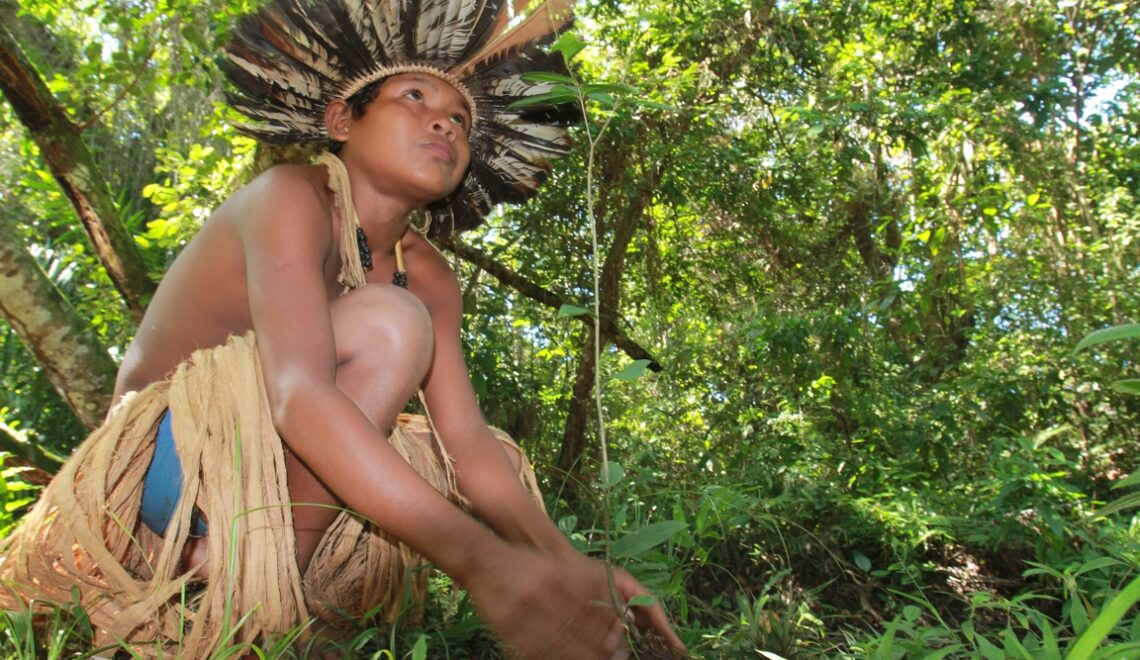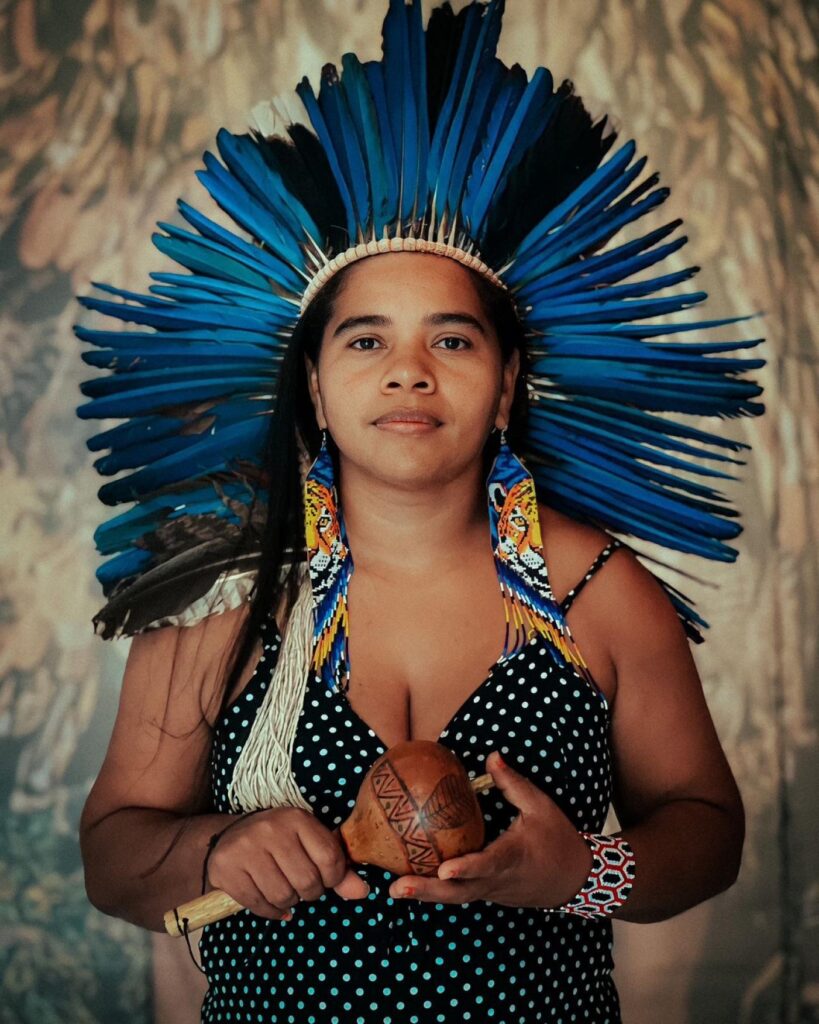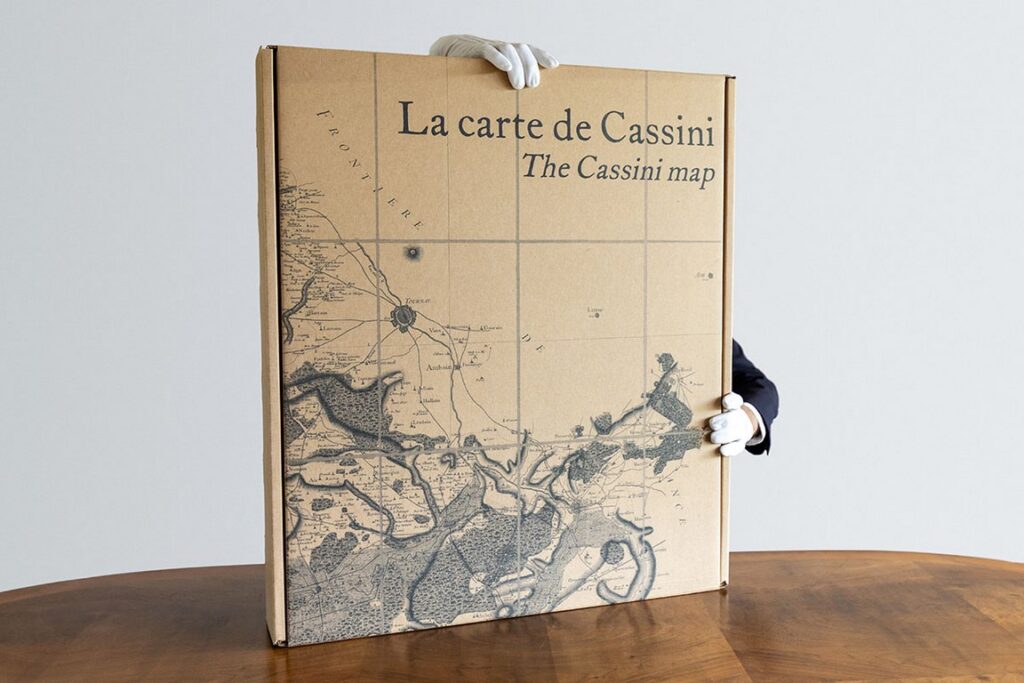
The precious ceremonial ornament, woven from natural fibres and covered with thousands of red ibis feathers, will leave the National Museum in Copenhagen in 2024 to join the collections of the National Museum in Rio de Janeiro.
There are only 11 known Tupinambá coats in the world, made between the 16th and 17th centuries, and all of them are kept in European museums. Made entirely from reddish feathers, they are considered a rare relic, a cultural symbol of the indigenous Tupinambá people who live along the Brazilian coast. According to explorers who spent time in Brazil in the 16th century, the Tupinambá were cannibals. According to French ethnologist and anthropologist Hélène Clastre, the Tupinambá were a group of people who lived along the Brazilian coast. "The Spanish Jesuits calculated that the Chiriguano (a member of the Tupi family) devoured 60,000 Cháne Indians in the space of about a century (2)"..
An intense battle for the return of stolen objects
Marking the end of a lengthy negotiation process led by Brazilian diplomats and indigenous rights activists, one of these capes will leave the collections of the National Museum of Denmark in 2024 and be returned to Brazil. This return was made possible by the activism of the Tupinambá people of Olivença, located in the south of the state of Bahia, around 450 km from Salvador.
An unexpected meeting in the year 2000 between two leaders of this people wearing a Tupinambá? coat during the Tupinambá?Rediscovering Brazil exhibition commemorating 500 years of Brazil, ? paved the way for this struggle to return home and have their culture recognised. According to the editors of the Brazilian Monde Diplomatique: currently, "The Tupinambá are trying to recover 47,376 hectares. In 2001, they obtained ethnic recognition from the National Indian Foundation, followed by the creation of a technical group to carry out a territorial inventory of their situation since 1500. Faced with the State?s reluctance to regularise the land situation, from 2004 onwards the Tupinambá set about reclaiming their territory in the face of constant attacks and countless murders of representatives of their people, which the State itself often covered up, rather than preventing the destruction of the natural assets that still remained in the claimed territory".. They are also trying to repatriate other objects (drums, flutes, etc.) and other coats that are kept outside Brazil.
A first victory for indigenous rights
The return of this ethnographic masterpiece is largely attributed to the tireless efforts of the Tupinamba community and the artist and activist Gliceria Tupinambá, who brought it back to life. "Receiving the Encantados mission (3). This has helped to revive the tradition of weaving these ceremonial garments. During the Covid-19 pandemic, Gliceria succeeded in "The first coat was reproduced in a raw cotton weave, tightened with beeswax from the Serra do Padeiro, and topped with almost three thousand feathers. The cotton weft was woven using the jereré technique, a fishing tool used by the village elders. This new coat - which is not made from red ibis feathers, which have disappeared - is based on the 16th-century Tupinambá coat held in reserve at the Musée du Quai Branly in Paris.. This creation was exhibited in 2023 at the São Paulo Museum of Art.
The handover of this precious artefact to the National Museum in Rio de Janeiro is seen as more than a symbolic return: it is seen as a significant triumph in the wider struggle of the Tupinamba people for recognition of their rights. This victory testifies to the resilience and enduring vitality of Tupinambá culture and the immense cultural value of these artefacts for the indigenous peoples of Brazil.
Text : Brigitte Postel
This article was also published on the Natives magazine website https://www.revue-natives.com/actualites-internationales/2024/01/bresil-tupinamba/
1- Revue du MAUSS 2020/1 (n° 55), pages 53 to 68.
2- The Chané, also known as Tapii in the Guaraní language, meaning "slave".
3- The Encantados are magical entities of Afro-Brazilian or indigenous origin who take part in sacred ceremonies such as Candomblé.



